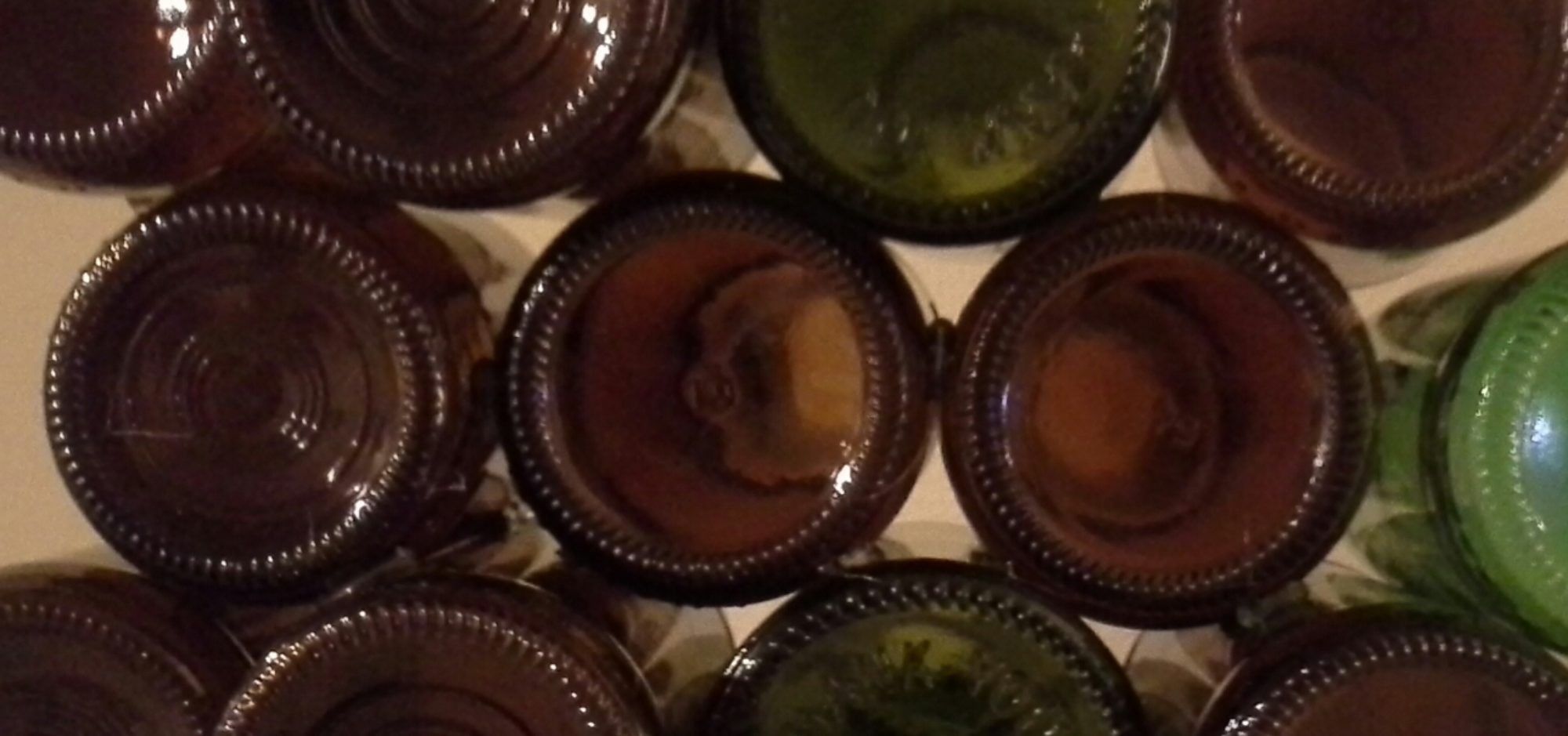I decided I should keep things separate. This way what and when can be read cleanly, while my normal junk can be seen for insight. While I have the syntax of Perl, I do love the back story on the O’Reilly book about where that syntax came from.
Interestingly enough, last night I didn’t play video games. Not due to a time constraint, but because I felt like working on a project. This hasn’t been happening a lot lately, so it was a nice change of pace. My sleep may have suffered as a result, insomnia to, but we’ll see how this plays out tonight.
Now, while I’m away from the keyboard as I’m riding a bus to work, let’s dog into what I’m doing rather than the how.
So this will be the nth iteration of my vanity blog, secondsuitor.com. I’ve done it in raw HTML, PHP, and currently PHP a la WordPress. I even considered doing it in Flash back when that was a thing. It’s always been serviceable, but never really have me the happy. For something I’ve been passing for hosting on for over a decade, that seems kinda weak tea.
First and foremost this is a vanity project. I’m so came I think my blog is about me. Now to clarify, when I say vanity, I think I’m talking bathroom cabinet-sink-mirror combination.
Last listed and foremost important, this needs to reflect me like a mirror. There should be no part that isn’t part of my core. It’s why WordPress just doesn’t work for me. It started me from the process. Also, it’s an effing huge attack vector, that is only not an issue due to obscurity and blind luck. While I update continually and have whatever good security practices in place, other than HTTPS as I’ve been lazy, there are probably more vulnerabilities than… A lot of vulnerabilities. Back to the task at hand. It needs to reflect me. While being able to pop back and forth between PHP and HTML is nice at times, it’s an effing headache when you realize that your content is missed in with the presentation. Again, I just can’t be assed to straighten that out. Things like this develop a life of their own, and untangling them to maintain the longevity of the base blog just didn’t sound fun. That’s why after a lot of soul searching I decided to go with Python. It was about JavaScript, but at the end of the day, I just don’t like JavaScript. I’ll use it for work, and maybe for some DOM manipulation, but not for a back end thank you very much.
It’s also a sink. Not just a time sink, but a kitchen sink. Everything needs to be able to get scrubbed in it, everything needs to be able to fit down it’s drain. I don’t care what I throw is way, it’s taking it like a champ. That means it needs to be extendable. I’m working on how, but that’ll be another addendum. On the base we’re taking a blog, right, but there needs to be more. I want to be able to store measurement data passed from sensors. I want to store the days weather report. I want to
Last, it’s a cabinet. A cabinet with a tonne of drawers and storage. So all those things that are being taken above, they’re being stored here. I don’t mind a bunch of unlabeled drawers, but there are drawers, and things go in drawers. That’s where I need to do some deeper planning. I want a data paradigm that is overly complex and infinitely interchangable.
Further thoughts, some 36 hours since that last sentence. Each app should be separate. This means each app should have it’s own table. This might be for me in some long term, but it’ll definitely be for anyone else in any term. While I don’t think I’ll be doing anything unique or transformative, I do have some thoughts on potential and needed democratization and decentralizing.
The big bad social networks are only a problem because still use them. It’s not like they’re intrinsically better than an upstart, better sold than the competition, or better liked than the plague. They’re used because they’re used. The challenge is they all need to make a payment, which they do with ads. You could fix this with a subscription and lock out the poor. You could legislate away the problem, until someone gets around it. Or, just maybe, you build a framework for anyone. While people have done this (Blogger and WordPress) there still beholding to someone else. The better worksy would be if anyone who wanted to make their own site. There are some definite big issue, but for the minute let’s just talk a blog.
Every app should have it’s own table. Every app should he registered as okay with the main.
